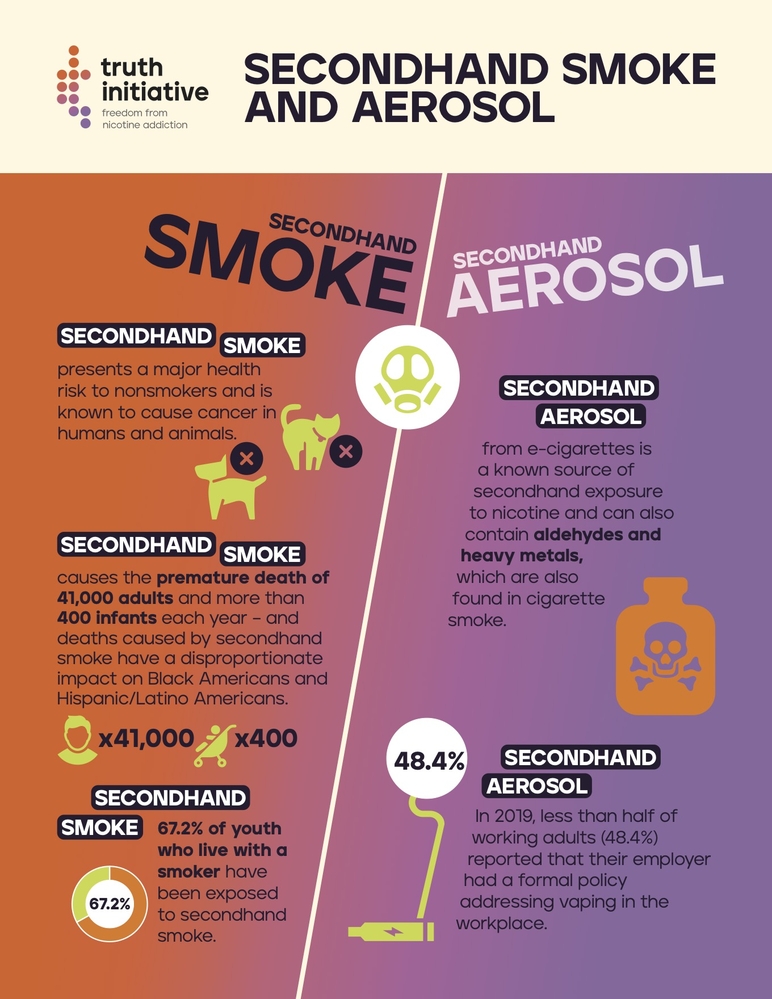Research indicates secondhand vapor from e-cigarettes contains harmful substances, though risks are generally lower than traditional cigarette smoke. Key components include ultrafine particles, nicotine residues, volatile organic compounds (VOCs), and trace heavy metals like lead. While less studied than tobacco smoke, emerging evidence suggests potential respiratory and cardiovascular irritation for bystanders.
Health Implications of Exposure
Short-term effects may include throat irritation, coughing, and reduced lung function, particularly in children, pregnant individuals, or those with asthma. Nicotine exposure can disrupt adolescent brain development. Long-term risks remain uncertain due to limited data, but chronic exposure to fine particles is linked to inflammation and cardiovascular stress.

Verified Contaminants in Aerosol
- Nicotine: Absorbed through bystanders’ skin/lungs, affecting heart rate and blood pressure
- Propylene glycol: Causes airway irritation and dryness at high concentrations
- Formaldehyde/acetaldehyde: Carcinogens formed when liquid overheats
- Ultrafine particles (PM0.1): Penetrate deep lung tissue, carrying toxins into bloodstream
Effective Avoidance Strategies
- Enforce vape-free policies: Prohibit vaping indoors, especially in poorly ventilated spaces like cars or homes
- Use HEPA air purifiers: Reduce particulate matter concentration by 50-80% in enclosed areas
- Maintain distance: Stay at least 2 meters away from active vapers outdoors
- Advocate for regulation: Support smoke-free laws covering vaping in public venues and workplaces
- Ventilation optimization: Increase airflow to 8-10 air changes per hour in communal spaces
Critical Populations
Children experience heightened susceptibility due to faster breathing rates and developing organs. Asthmatics may suffer exacerbated symptoms even from brief exposure. Minimizing contact through smoke-free environments remains the most effective protective measure.









